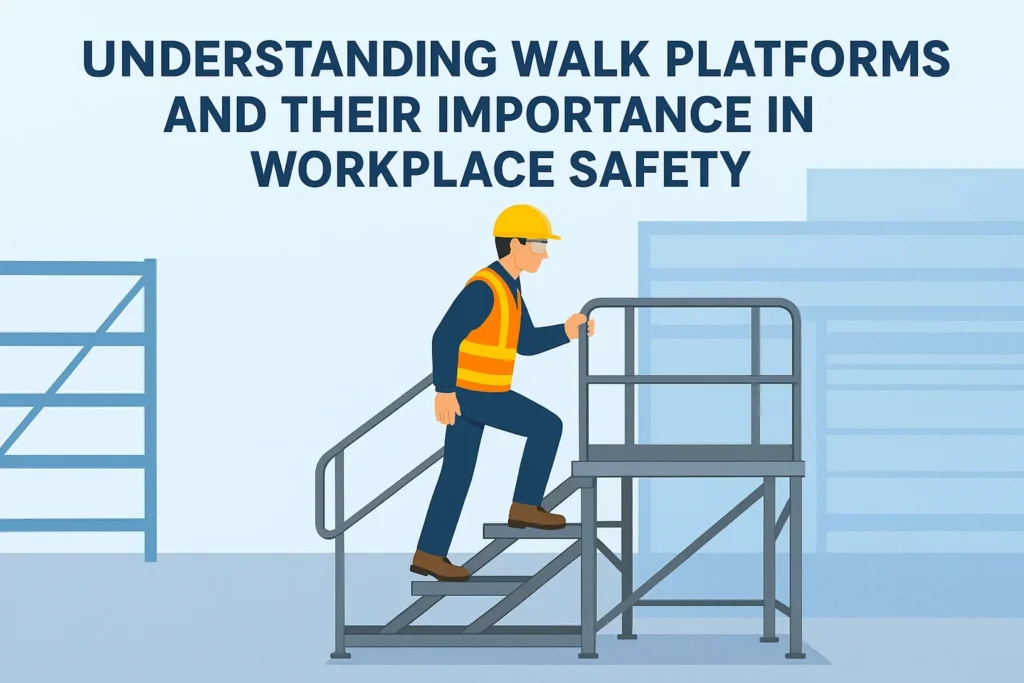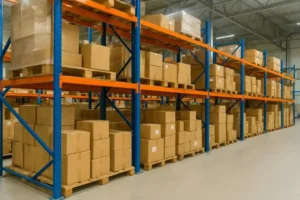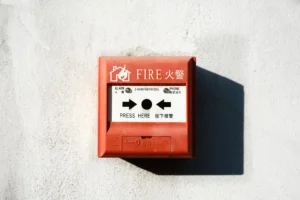Disclaimer: This article is for informational purposes only and is not a substitute for professional safety advice. Always follow workplace safety regulations and consult qualified experts when implementing safety equipment or procedures.
They are an essential part of many industrial, commercial, and construction environments. They provide workers with safe and stable access to elevated or hard-to-reach areas, ensuring tasks can be carried out efficiently while reducing the risk of accidents. Whether in warehouses, factories, or construction sites, walk platforms are essential for creating a safe working environment.
What Are Walk Platforms?
The walk platform is a raised platform or path that enables workers to traverse ground that is irregular, unsafe, or otherwise challenging to navigate. They are commonly used with stairs, ladders, and handrails and are constructed of steel, aluminum, or a combination of reinforced composites. These platforms, whether mobile or modular to suit the workplace’s requirements, are generally subject to stringent safety criteria.
Key Benefits of Walk Platforms
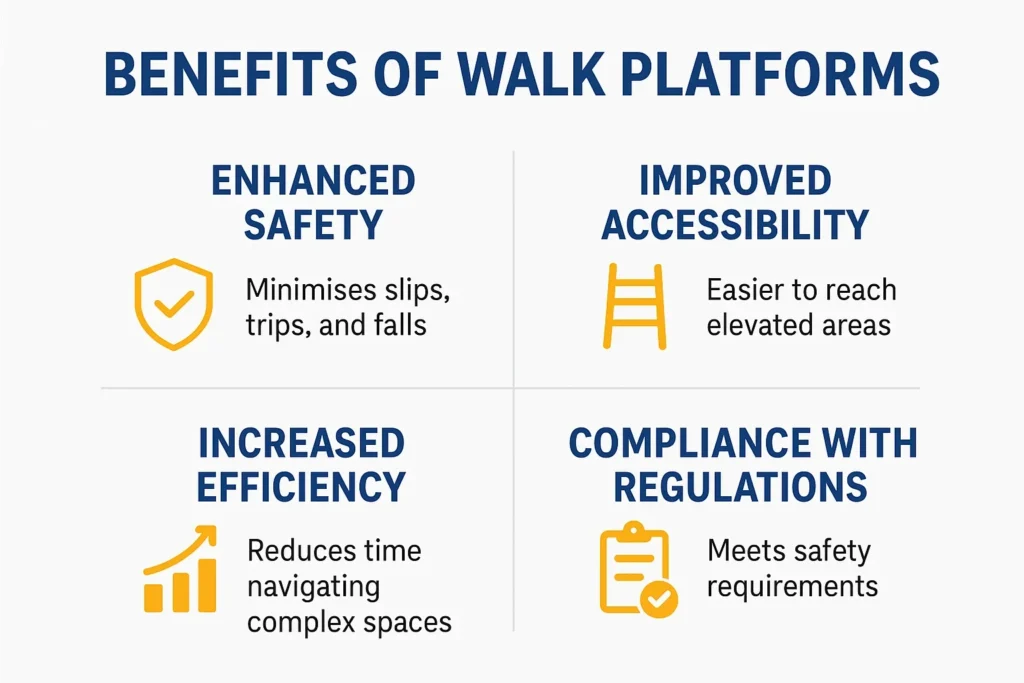
Enhanced Safety
Walkways are designed to reduce the incidence of slips, trips, and falls by providing workers with a level, non-slip working surface. In facilities where machinery, chemicals, high-up surfaces, and other potential hazards abound, this is extremely important, as it significantly reduces the likelihood of employees getting into accidents at work.
Improved Accessibility
Walk-overs simplify access for personnel requiring access to upper-level inspection, maintenance, or repair work. This is important to make sure that all areas of a plant can be easily maintained without requiring climbing, makeshift changes, or risky shortcuts.
Increased Efficiency
They enable workers to minimize exposure to hazardous conditions while reducing travel time in complex areas or between floors of a space. This streamlined process may result in quicker project turnaround, increased productivity, and less downtime.
Compliance with Regulations
By providing direct and reliable access routes, it can reduce the time workers spend navigating complex spaces, improving workflow and productivity. This is particularly important when considering workplace safety statistics: in 2023, there were 5,283 fatal work injuries across all industries in the United States, equating to roughly 15 worker deaths per day. It helps prevent such incidents by providing a safe and stable surface for workers in elevated or hazardous areas.
Common Applications of Walk Platforms
They are widely used in a variety of professional settings, including:
- Industrial plants: for safely accessing equipment, machinery, and overhead systems.
- Warehouses: to navigate storage racks, elevated shelving, and inventory areas.
- Construction sites: for bridging gaps, working safely on multi-level projects, and accessing difficult locations.
- Manufacturing facilities: for assembly lines, maintenance of production equipment, and quality inspections.
- Energy and utilities: to reach pipelines, turbines, control systems, and other critical infrastructure.
Design Considerations for Walking Platforms
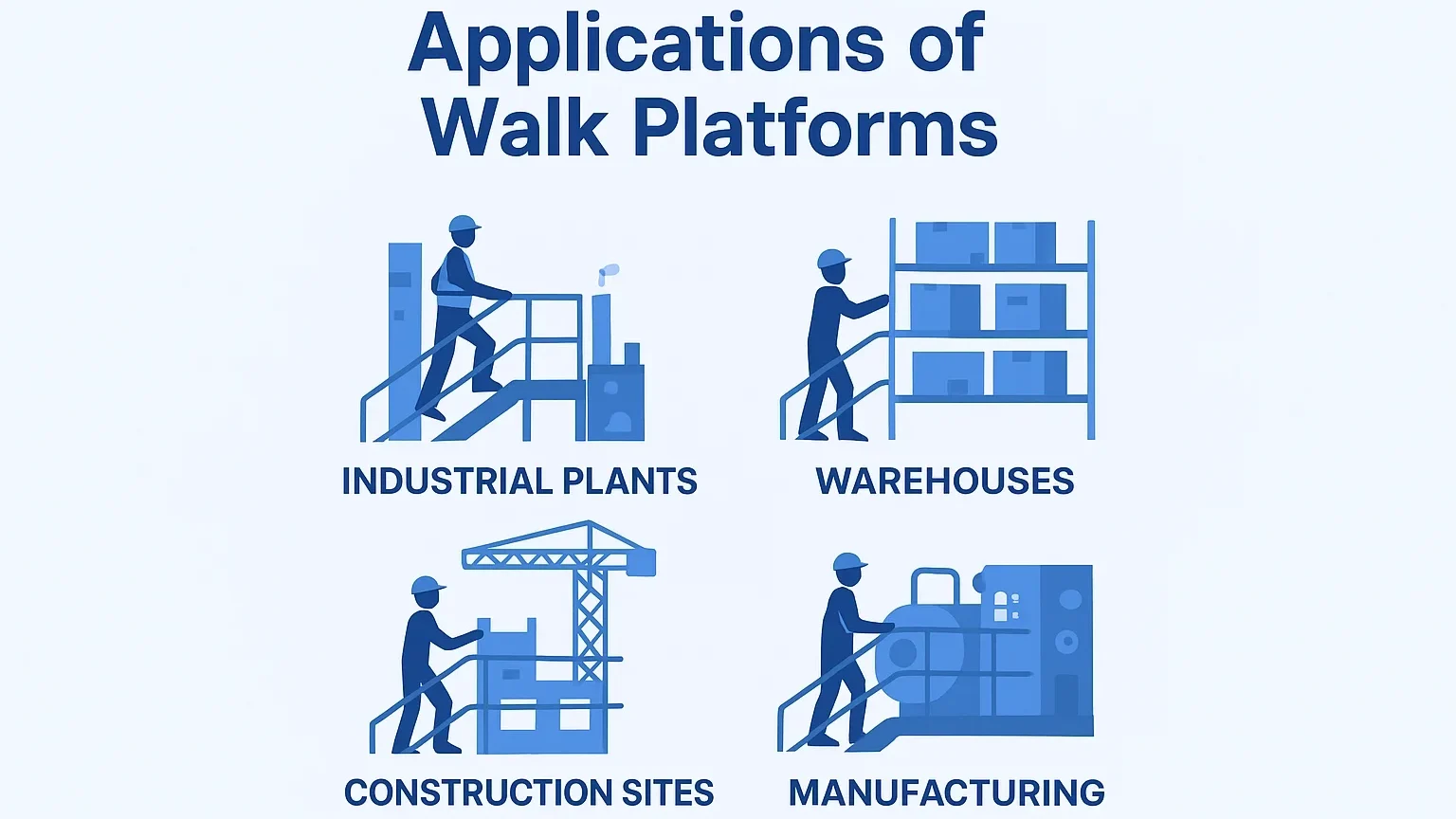
Some key considerations when designing/walking a platform or selecting the requirements for platforms:
Load Capacity
The platform must be of sufficient strength to support the weight of personnel, equipment, and tools, while also maintaining enough stability and structural integrity.
Material Choice
Aluminium is lightweight, corrosion-resistant, and suitable for use in outdoor or marine environments, while steel offers more strength and weight for secure, heavy-duty applications in industrial environments.
Anti-Slip Surfaces
Platforms should feature textured or perforated surfaces to significantly reduce the risk of slipping, particularly in wet, oily, or otherwise hazardous conditions.
Guardrails and Handrails
Incorporating safety rails is essential for preventing falls, especially when the platform is elevated above a certain height. Properly installed guardrails and handrails provide additional protection for workers.
Modular or Custom Design
Modular platforms enable easy reconfiguration as workplace needs evolve, while custom-built options can be specifically tailored to address unique worksite challenges.
Maintenance and Inspections
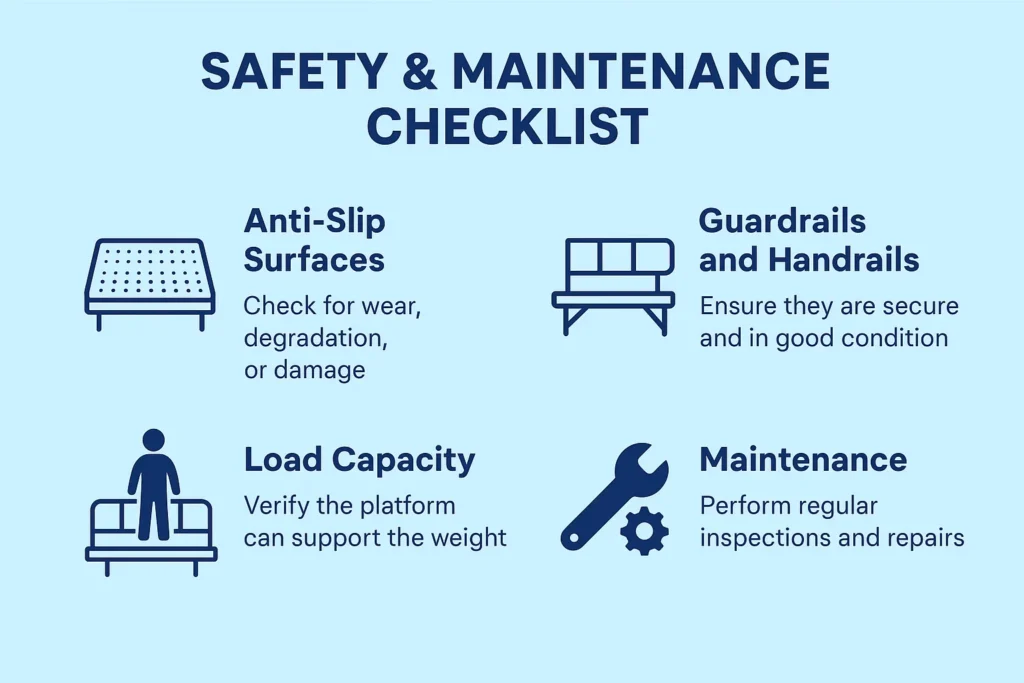
Like all safety equipment, it requires regular inspections and maintenance to remain in optimal condition. Inspections should focus on:
- Signs of wear, corrosion, or damage to the platform structure.
- Integrity of joints, connections, and fasteners.
- Stability, level alignment, and overall balance.
- Condition of anti-slip surfaces, guardrails, and handrails.
Routine maintenance not only extends the lifespan of the platform but also maintains a consistently high standard of safety for all workers.
Conclusion
Walkway systems are an essential component of job-site safety & productivity support. By mitigating risks, enhancing access, and supporting businesses in adhering to safety measures, they are a wise investment across various industries. Given due thought to design and material choice, complemented by ongoing maintenance, there will be no long-term compromise for workers or employers, and the working environment will be safer and more organized.






